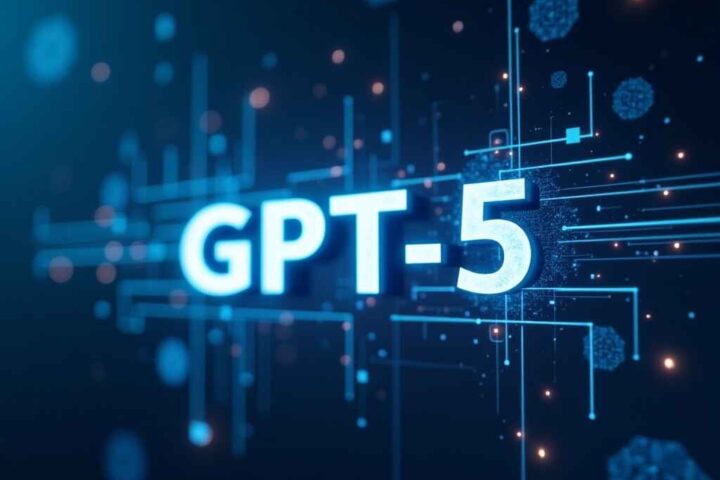Learning about Blockchain technology
Blockchain is a distributed ledger technique that lets a network of friends collaborate to build a cohesive, distributed system.
The consensus algorithm allows peers to converse and disseminate information or data. Furthermore, there is no need for centralized power, making the entire connection reliable compared to the previous platforms.
The protocol is utilized in this scenario to authenticate the operation. It guarantees that no incorrect transactions enter the blockchain. Blocks are the foundation of blockchain technology. They are used to record transactions and other vital information essential for the ledger to function correctly.
What Is a Database?
Now that we’ve grasped the concept of blockchain, it’s time to go into the database. Unlike blockchains, databases are centralized ledgers that a superintendent manages.
Databases also have distinct characteristics, such as reading and writing skills. Only those with appropriate access can perform Write and Read activities here. Databases can also hold numerous backups as well as their history.
This is done with the help of a recognized, centralized power that manages the network adapter. The database greatly benefits from standardization.
Databases, for example, are simple to operate since the data is centralized. Data access and storage are not only simple but also quick. They do, however, have downsides.
Discover profitable cryptocurrencies and invest using the bitcoinsystem.app.
A Technological Perspective
Let us take a deeper look at the database and blockchain. and jurisdiction
When people examine blockchain to databases, the first thing we notice is how authorization functions. Blockchain is intended to operate in a decentralized fashion, whereas databases are always centralized. This specific property of blockchain provides it with the momentum it requires to become another era of innovation.
Decentralization necessitates significant modifications to the existing strategies and processes employed by various sectors. It allows systems to function autonomously and reduces the need for centralized power.
Databases, on the other extreme, are entirely co consolidated.
1. Architectural style
A database is built on a client/server model. It is a massively influential design that can apply at both the global and regional levels. The clients are the receivers in this case, while the administrators function as a centralized central processor. A strong connection is used to communicate and cooperate between servers and clients.
In contrast, blockchain employs a decentralized blockchain network topology. It is a peer-to-peer network in which each peer can communicate with another via safe cryptographic methods. Because there is no centralized node, nodes can participate in the agreement procedure collaboratively.
2. Database Management and Modifiability
When it concerns data storage and processing, blockchain and databases operate in very different ways. Data may be easily saved and accessed in a typical database. CRUD is used at the elementary level to guarantee the application’s correct functionality.
When it comes to information preservation, blockchain, on the other hand, operates differently. Immutability is supported by blockchain, which ensures that data that has been published cannot be wiped or modified. The network’s preservation ensures that no data manipulation is feasible.
3. Accountability
On the other hand, because of their centralised nature, Databases do not support accessibility. Users are unable to check the facts if they so desire. On the other hand, an administration can make a set of data accessible, but data verification cannot be accomplished by an ordinary person.
The immutability of blockchain allows it to maintain its authenticity. Data recorded cannot be altered or changed in any way, ensuring data integrity at all costs.
4. Efficiency and Velocity
The speed of execution is also an essential factor to consider when comparing blockchain and databases. Databases are noted for their quick computational efficiency and their ability to handle millions of records at once.
When compared to databases, blockchain is significantly slower. However, this could be because blockchain is a relatively new concept that still requires a significant amount of time to mature and meet the criteria of more developed processes such as databases.
Conclusion
Because of its certification approach, blockchain imposes a performance degradation. This implies that we should ignore blockchain in situations where quick time complexity is critical. Databases are an excellent solution when a crucial business operation must be maintained or scaled concurrently. The read and write processes are also not straightforward when it comes to blockchain, which makes the repository more appealing for practical cases.
















